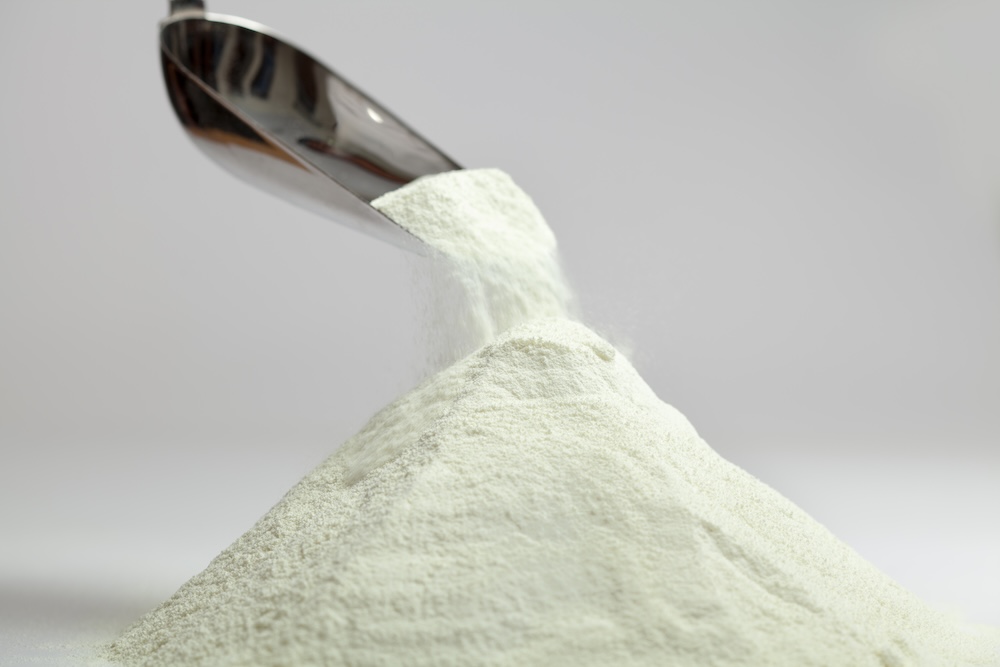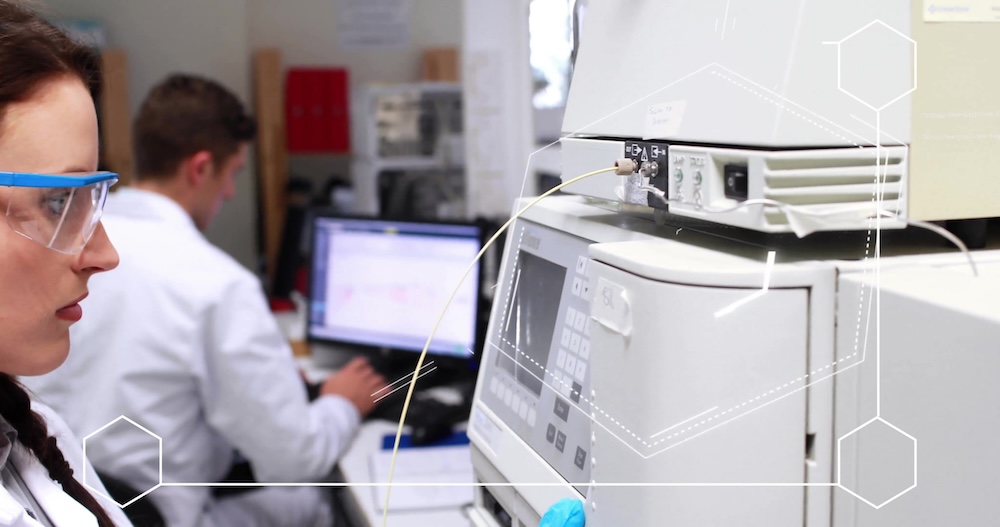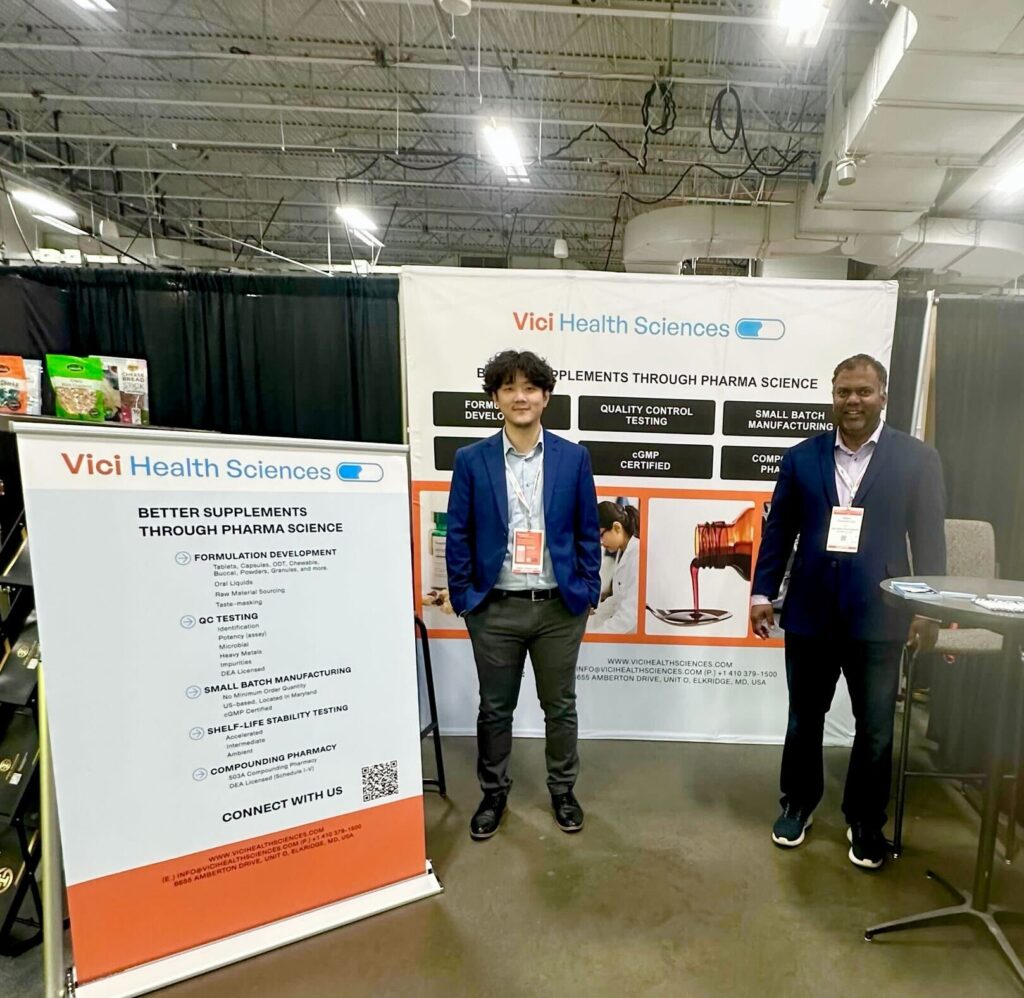Why Buccal Delivery
Buccal cavity in the mouth is an attractive route for administration of drugs that offers numerous benefits such as rapid product development timelines, reduced cost of therapy, ease of administration and improved adherence to therapy. It is especially useful for administration of drugs that undergo extensive first pass metabolism. Increased bioavailability can also be achieved for drugs that show rapid absorption through buccal mucosa or are more stable in the pH environment of the oral cavity compared to the harsh environment of the stomach or small intestine.
In part 2 of this three-part series, we will discuss the various applications and dosage forms available for buccal delivery.

Buccal Delivery Products and Dosage Forms
Numerous buccal drug products both prescription as well as over the counter are commercially available. Depending on the application, pharmaceutical products intended for buccal administration can be developed in various dosage forms. The choice of dosage form depends whether the drug is intended for rapid release or extended release and for local or systemic action.
Buccal Delivery for Rapid Onset of Action
-
- Buccal epithelium provides good access to systemic circulation thus can provide rapid onset of action.
- Drugs intended for rapid release can be formulated as solutions, suspensions, gels, emulsions, creams, orally disintegrating tablets, films, troches and lozenges.
- Solid buccal dosage forms such as orally disintegrating tablets and films are designed to dissolve within a minute in the mouth.
Buccal Delivery for Extended Release
-
- Mucoadhesive dosage forms are usually suitable for extended release application. Such formulations help improve patient compliance by reducing the frequency of dosing.
- These are designed to adhere to the mucosal epithelium in order to increase the residence time in the buccal cavity resulting in prolonging the duration of drug absorption.
- These formulations range in complexity from simple adhesive gels to films, tablets and patches.
- These dosage forms contain bioadhesive and controlled release polymers for the purpose of attaching to the buccal mucosa as well are prolonging the drug release over an extended period.
- Solid buccal adhesive dosage forms such as films or tablets stick to the buccal mucosa in presence of saliva.
- Films offer increased flexibility and comfort as compared to the tablets.
- Buccal patches are more complex and consists of multiple layers including a drug containing reservoir, an adhesive layer and an impermeable backing layer.
Characterization of Buccal Dosage Forms
The testing and characterization requirements of buccal formulations depend on the complexity of the dosage from design.
-
- Simple dosage forms such as solutions would require testing similar to other oral solutions.
- Semisolid dosage forms such as gels and emulsions would require additional testing such as rheological properties, globular size distribution, phase states and metamorphic stability.
- Additional tests needed for extended-release buccal formulations include bioadhesion measurement, and in-vitro permeability studies commonly performed using Franz diffusion cell with porcine buccal mucosa as model barrier.
Vici Health Sciences – Capabilities and Services
An experienced CDMO can help design the buccal formulation for your specific application by choosing the right excipients and dosage from design. This can be achieved by carefully selecting the right salt form of the drug and using appropriate combination of excipients such a permeability enhancers, enzyme inhibitors, bioadhesive and controlled release polymers, viscosity and pH modifiers, diluents, sweetening agents, flavoring agents and stabilizers. Vici has extensive experience in development of buccal dosage forms and provide services in the areas of formulation development, analytical, characterization and regulatory.





